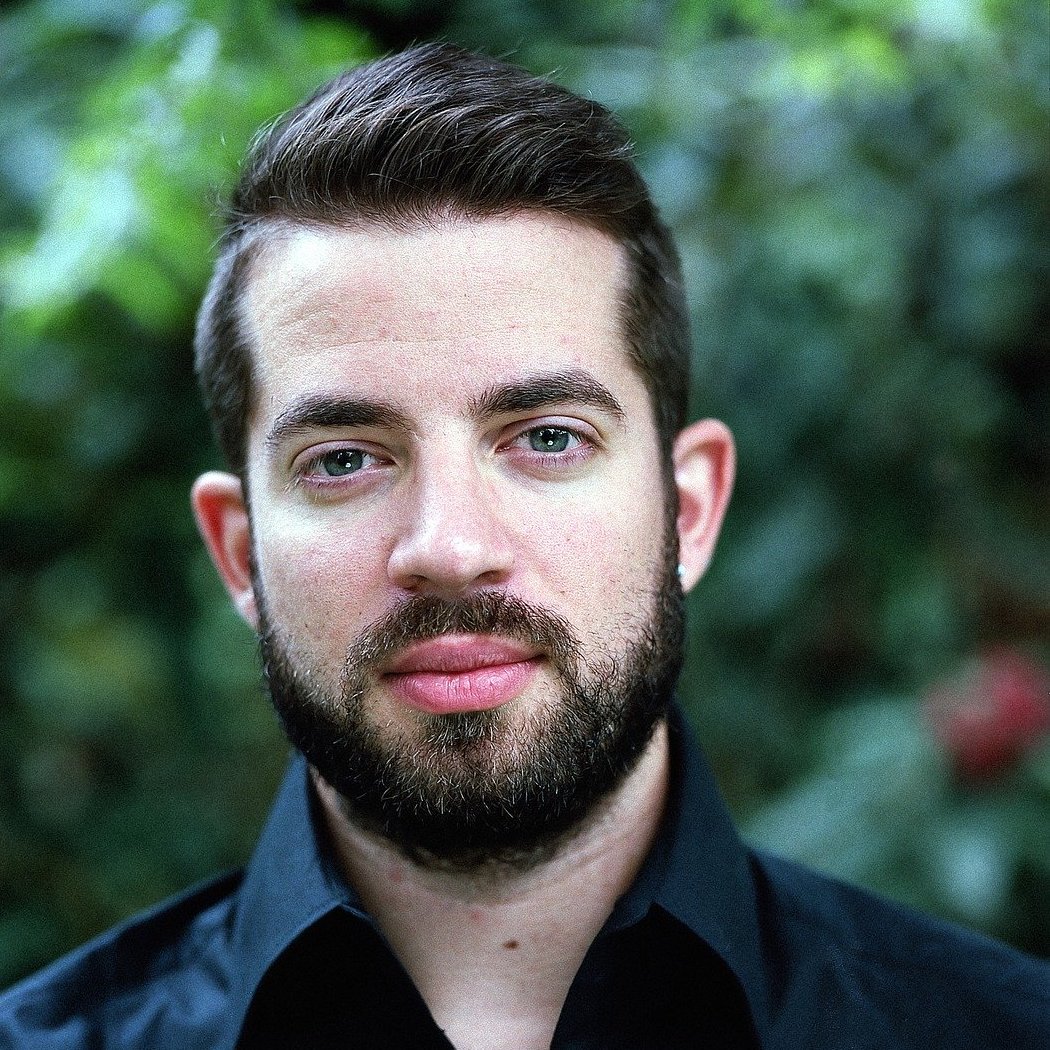Chaucer:
The Father of English Literature

By Matt McKeown
After centuries of obscurity, Chaucer restored vernacular English literature to prominence.
The son of a wealthy merchant family with connections to the nobility, Geoffrey Chaucer lived in a tumultuous period of English history. The fourteenth century saw the Black Death, the Hundred Years’ War, the “Babylonian captivity” of the papacy (and subsequent Western Schism), and the roots of the Wars of the Roses. At the same time, as in northern Italy, the breakdown of Medieval culture was giving way to the antecedents of the Renaissance, and Chaucer was among the key players.
Much of his influence was on the language of literature itself. With important exceptions, most Medieval literature was written in Latin; all educated people spoke Latin, making it both a mark of culture and an international tongue. Moreover, since 1066, the usual language of the upper classes in England had been Norman French. By the fourteenth century, however, English (which had shown itself more than capable of high artistic expression before the Norman Conquest, notably in Beowulf) was seeing literary use again; the anonymous poem Sir Gawan and the Grene Knyght and Lady Julian’s Revelations of Divine Love were eminent examples of literature written in the vernacular. The prolific Chaucer wrote a large number of works in English, including The Book of the Duchess (an elegy for a friend’s wife), Parlement of Foules (a social satire), Troilus and Criseyde (a tragic romance set during the siege of Troy), and translations of The Romance of the Rose and The Consolation of Philosophy. Although one or two other major developments lay between the Middle English of his day and the development of early Modern English, used by Shakespeare, Chaucer is credited by some with helping to establish the London-area dialect as the standard variety of English. He was also among the first poets to use iambic pentameter, which has since become the prestige form of English-language verse.
Every speech too that is spoken,
Loud or secret, foul or fair,
In its substance is but air;
For as flame is lighted smoke,
Right so soon shall air be broke.Geoffrey Chaucer
His most famous work is, of course, The Canterbury Tales. The exact text is not agreed upon, and may not have been complete at Chaucer’s death. Like The Thousand and One Nights, the Tales are a collection of brief stories united by a frame narrative, the premise being that they record a storytelling competition held by a party of pilgrims on their way to visit the relics of St. Thomas à Becket in Canterbury. The tellers themselves represent a cross-section of English society: virtuous and orthodox people like the plowman or the second nun rub shoulders with corrupt, fraudulent ones like the friar and the pardoner; chivalric, idealistic figures such as the knight are set beside highly prosaic ones like the monk, the merchant, and the franklin. The result is a feeling of vivid realism, noticeable even through the idiom of its antiquated language, and despite the fact that many of the stories are fantastical.
The stories themselves are quite varied. The Knight’s Tale is a story of two suitors to a lady working out their rivalry by the conventions of courtly love; the Nun’s Priest’s Tale is an Æsop-like animal fable, enriched with material drawn from classical philosophy; the Wife of Bath’s Tale and its prologue are extremely vulgar romantic comedies. This aligns with many other “framed collections,” such as Boccaccio’s Decameron (which Chaucer may have read), designed to present a pleasing variety of material to the reader.
To the extent that there is any unifying theme among them all, it may be the work’s Catholic underpinnings. It is, after all, set during a pilgrimage, and at least eight of the storytellers are “professionally” religious in one way or another. The fourteenth century saw both significant religious upheaval—rival claimants to the papacy, the rise of Lollardy—and a great flowering of English mysticism, suggesting that the appetite for religious things was high despite the ostentatious corruption of much of the Church. Chaucer does not shy away from depicting this, most noticeably in the persons of the pardoner and the summoner, who brag freely of their extortions in a way that may remind modern readers of some of Flannery O’Connor‘s characters. Nonetheless, their juxtaposition with reverent and kindly figures like the parson point to the complexity of the religious life in England at the time, rising from satire into a more fully realized picture.
___________________________________________________________________________________
Every week, we publish a profile of one of the figures from the CLT author bank. For an introduction to classic authors, see our guest post from Keith Nix, founder of the Veritas School in Richmond, VA.
If you liked this piece, take a look at some of our other content here at the Journal, like these author profiles of Averroes and Albert Einstein, these “Great Conversation” posts about poetry and the idea of eternity, or this student story on artificial intelligence. And take a listen to our podcast on education and culture, Anchored, hosted every week by our founder Jeremy Tate.